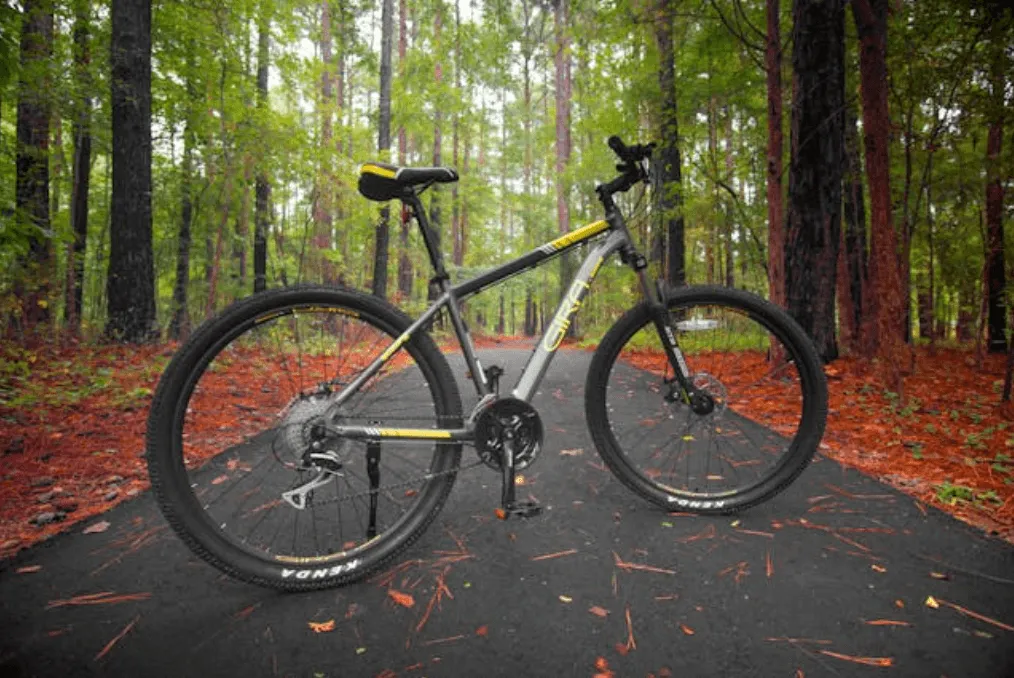
How do you choose your bike? A practical guide for cyclists
Admin
June 21, 2024
674 words
3 minutes
Anyone who has taken on the challenges of Top Bike Tours Portugalknows that they can count not only on the most innovative and technological bikes on the market, but above all on the bikes that best suit their physical condition and the characteristics of the various terrains.
However, if you want to dedicate yourself more deeply to cycle touring or, who knows, even amateur cycling, you’re going to have to worry about buying a bike.
It’s normal for you to ask yourself how to choose your first bike, how to choose your speed bike or how to choose the size of your bike, all valid questions that we’ll try to clarify over the next few lines. Get started!
What types of bikes are there?
But before I give you some tips on how to choose your bike, it’s important to explore the various types of bicycle available to you.
Nowadays, there are bikes for all tastes and shapes, but the most common types of bike are:
Touring or city bikes: comfortable and stylish, this type of bike has wide tires, sturdy frames, baskets, fenders and also allows you to adopt the most upright riding position possible.
Electric bikes: unlike traditional bikes, these e-bikes are equipped with an electric motor that assists our pedaling and thus reduces the effort expended.
Road/speed bikes: road bikes, also known in some circles as speed bikes, are designed for touring or competing on paved roads, allowing riders to maximize their speed.
Characteristically, these bikes feature curved handlebars, thin tires and a very light frame.
Mountain Bike: its wide tires, sturdy frame and partial or full suspension make this type of bike ideal for downhill and cross-country riding.
Gravel bike: by combining the characteristics of a mountain bike and a road bike, this type of bike is particularly important for those who ride on varied terrain (asphalt, dirt, gravel, etc.).
BMX bike: the iconic BMX bikes are light and agile bikes, with or without suspension, which are usually used for freestyle or racing on dirt tracks.
If you’re interested in Portugal cycling tours, you’ll find plenty of options for exploring the country by bike, taking advantage of all these varieties according to your preferences and needs.
How to choose your bike?
Now that you know what the most common types of bicycle are, it’s time to take note of the following tips for choosing your new bike:
Define what you’re going to use the bike for
If you want to use your new bike for rides along the seafront or on the comfortable walkways that are multiplying across the country, then you should opt for a touring/urban bike, but if your idea is to tackle hills and forest trails, then you should choose a mountain bike.
As you can see, the use and type of terrain should determine the choice of your new bike so that you can maximize your comfort and enjoyment of cycling.
Choose a bike that suits your height
To avoid health problems, discomfort and difficulties in maneuvering the bike, it’s important to choose a bike that suits your height.
Therefore, in order to choose the right size, measure the height and length of your leg and pay attention to the size of the frame, as this will dictate the size of the bike.
Pay attention to the rim size
The size of the wheel rim is important not only to define the size of the bike, but also to help you achieve your goals as a cyclist or cycle tourer.
For example, if you choose a 29 rim, you’ll enjoy lighter pedaling and better performance on rough terrain, as you’ll get the most out of every pedal stroke.
On the other hand, if you opt for a smaller 26 rim, you’ll enjoy greater bike maneuverability, ideal for those who want to maneuver or in tight places.
Pay attention to the quality of the components
Components such as the brakes, suspension, frame, tires, transmission and even the seat have a big impact on how you experience your bike rides.
So, to ensure the best comfort and performance and avoid problems, always opt for components from recognized brands that not only offer durable, quality materials, but also a parts warranty.
Think about accessories
No process of choosing a bike is complete without spending some time thinking about accessories such as a helmet, lights or a puncture repair kit.